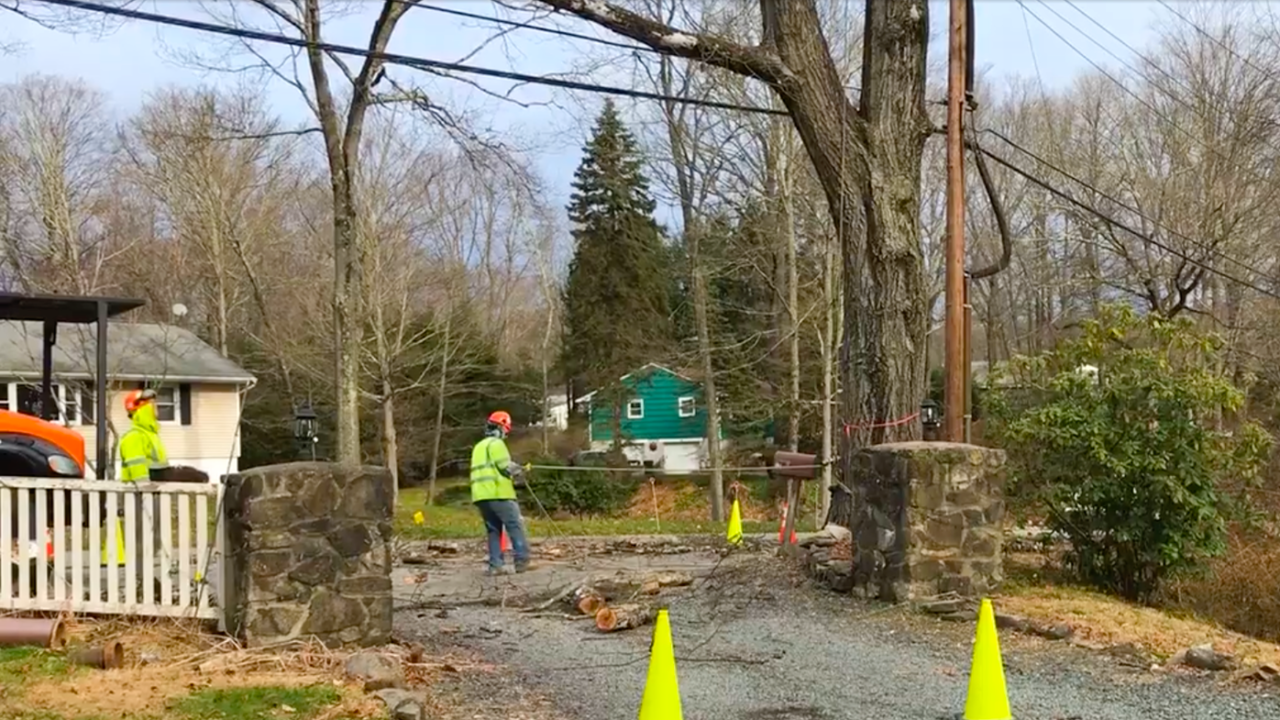
Operational Excellence
Climate Resilience

Con Edison takes seriously the challenges posed by climate change, and that’s why we’re taking a multi-pronged approach to strengthen the reliability and resilience of our systems in the face of extreme weather.
In March of last year, back-to-back Nor’easters caused more outages in Westchester than Hurricane Irene in 2011. In response, the company has committed to invest $100 million in Westchester to make the overhead system more storm-resilient and to address hazardous trees on private property to encourage removal and minimize outages. These efforts will improve our reliability in the same way that our $1 billion infrastructure investments after Superstorm Sandy has prevented hundreds of thousands of outages.
When storms happen, customers expect that we bounce back quickly. To keep our electric, gas, and steam delivery systems prepared, we plan to spend more than $3 billion a year on utility infrastructure. Substation and transmission upgrades, such as replacements of switchgear, will result in a more resilient system that emits fewer greenhouse gases.
Additionally, upgrades to our core system with smart technology is making it easier for customers to connect their own private energy sources, like solar panels and battery storage. We’re on track to install more than 5 million smart meters across our territory by 2022. Smart meters are even giving customers more detailed information about their energy usage, helping alert us to gas leaks on our system, and allowing us to conserve power by optimizing voltage levels.
Renewable sources of energy also play a role in our plan to be resilient in the event of extreme weather. Take for example our new mobile-storage units that will be used by the end of the year. Just like back-up generators, when storms hit, we’ll be able to move these battery units to where they are needed the most.
The resiliency of our systems is only as good as our planning. That’s why we have completed an analysis of the impact of ambient temperature, humidity, precipitation, and sea level rise on our assets and processes. The analysis uses the latest available climate science to project future weather scenarios for our service territory to the year 2080. The weather scenario projections will be used to evaluate potential impacts to the company’s electric, gas, and steam systems. Based on these impacts, we will review adaptation options, such as revisions to design standards and operating processes. In 2019, we also plan to complete an analysis of major events and sequential events. A consolidated report will include a risk mitigation plan and will be filed with the Public Service Commission at the end of 2019.

